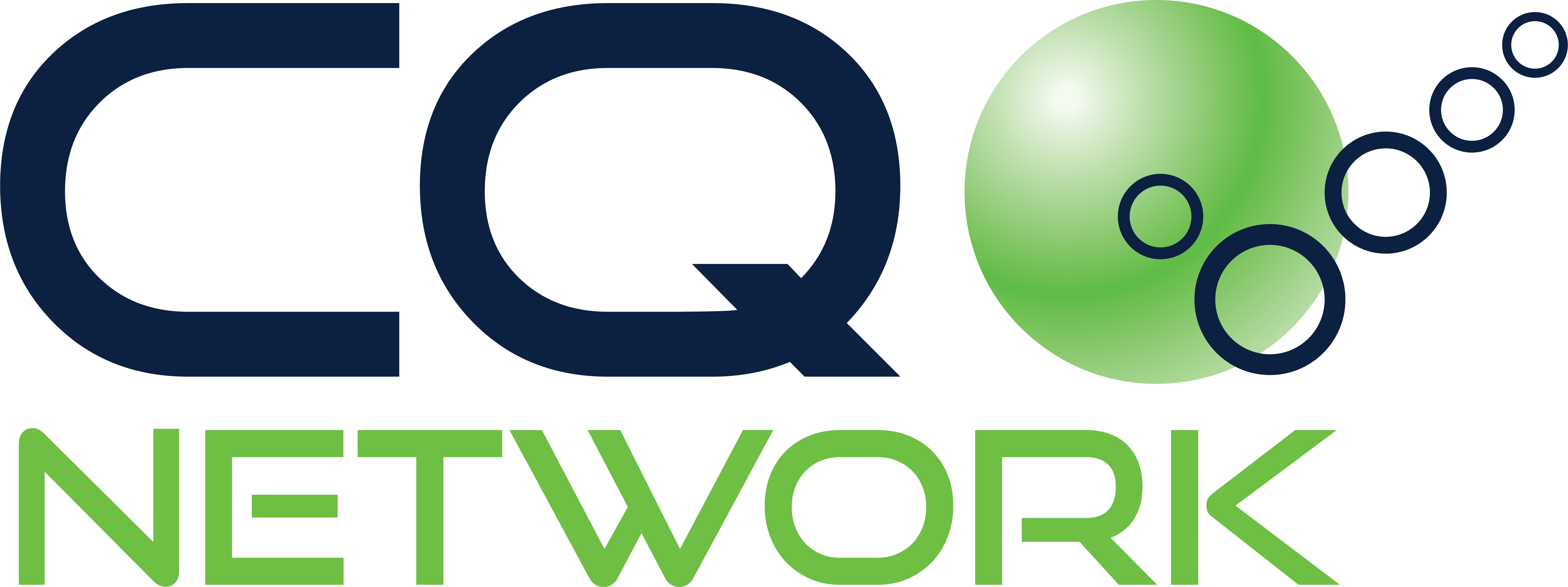
19 Jan Why Qualification Shouldn’t Stop at Prequalification
There’s no doubt that your prequalification process is important when you’re dealing with contractors and subcontractors. But it’s not enough: qualification shouldn’t stop at prequalification. There are actually four key steps you need to go through to have a comprehensive and thorough qualification process, and each one brings value for your contractors and your business.
Here, we’re going to help you understand why prequalification isn’t the only important step and give you the lowdown on what else you should be doing to stay compliant and ensure your contractor management program is the best it can be.
Step 1: Pre-Job Planning
It’s difficult to find and qualify contractors if you’re not even clear about what the job entails – and that’s why pre-job planning is a step that shouldn’t be skipped. The planning process involves conducting a thorough assessment of potential hazards and risks. You’ll need to identify, analyze, and prioritize them before you can take action to manage them.
The risk identification and management process will continue throughout your entire project, as new hazards can come up at any time. But it’s important to do this step at the outset so that you have a good sense of what to look for in candidates that you’re prequalifying.
Perhaps your contractor will be doing inherently risky activities that require higher than usual levels of awareness. Or maybe the job involves some confined space work, requiring specific confined space training and certification.
The only way to ensure you properly prequalify candidates is to understand what knowledge and skills they need to have from the outset.
Step 2: Prequalification
Perhaps the most important part of the contractor management process is prequalification. This step involves contractors submitting their data and often filling out a questionnaire. There are a number of key factors to look at during this step, including:
- Business
- Parent, affiliate, and subsidiary companies
- Employees
- Operations
- Equipment
- Litigation or bankruptcy
- Insurance information and certificates
- Financials
- Job history
- Contracts
- Capacity
- Safety statistics
- OSHA record-keeping
- Safety performance history
- Workers’ compensation
- Safety operations
- Written health and safety program, policies, and procedures
- Site-specific safety plan
- PPE, equipment inspections, and safety audits
- Safety training (with records)
- Accident investigation procedures
- Dedicated safety managers
Reviewing this information helps paint a picture of how seriously a contractor takes safety before they even step onto your premises. For higher risk jobs – and you’ll know if yours falls into this category because you conducted a risk assessment in step one – you’ll want to look for more indicators of strong safety performance.
Step 3: Orientation
An orientation isn’t the same as a training session. It’s job- and site-specific, helping contractors to understand what’s necessary to carry out the work safely and successfully. The orientation doesn’t need to last an entire day (although it can, if that’s truly necessary) and should give contractors only the information that’s valuable and relevant for the work being done. Don’t forget: you’ve already prequalified them, so you should be confident that their safety practices are top notch.
Improper storage and handling of flammable liquids is the leading cause of industrial fires. The challenge with hazardous materials, whether corrosive, flammable, or combustible, is that they can’t just be stored anywhere.
It’s becoming more and more common to conduct contractor orientations online, and there are a number of advantages to this approach:
- You can curate the content each worker receives
- Online orientations are more flexible and efficient
- Makes the entire onboarding process simpler and more secure
- Customize training for your audience (for example, include written, audio, video, visual, and interactive content to cover all learning styles)
In many instances, a blended approach is probably the best option – one that combines online and on-site orientations to really help contractors get a feel for your company’s safety culture and the work they will be doing.
Step 4: Feedback
This step is easy to overlook, but incredibly important. Providing feedback from the outset is key to developing a strong working relationship with your contractors. They are, after all, outsiders at your company – they’re not as familiar with your safety procedures and protocols as are full-time employees. This is why it’s so important that you offer timely feedback about their work.
When providing feedback to supervisors, look at leading and lagging safety indicators. Discuss what’s going well and what needs improvement, and work with them to make the appropriate adjustments to ensure things are on track.
With employees, it’s critical to maintain a friendly, trusting work environment. Therefore, try to refrain from punishing those who err or stray from your safety standards. Instead, reinforce positive safety behaviors, which helps create a culture of trust and encourages workers to continue doing good work.
It’s also a good idea to collect feedback from your contractors at the end of a project, during the evaluation phase. Doing so will help you understand how you can improve your contractor qualification and management process going forward.
Final Words
When you think about contractor qualification, the prequalification process is usually top of mind. But there’s more to it than that, and each of these four steps plays an important role in ensuring that your projects run smoothly and, more importantly, safely.
You may also like: A Guide to Prequalifying Contractors – Risks and Best Practices.






Sorry, the comment form is closed at this time.